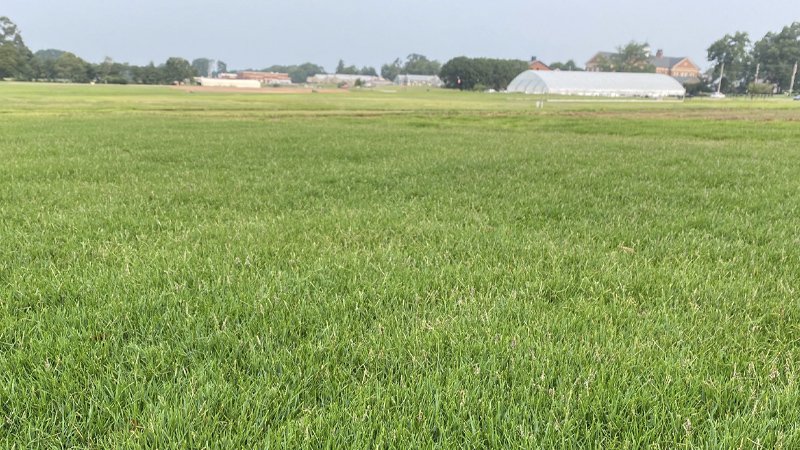The turf-breeding program at the University of Georgia has released its latest vegetative seashore paspalum variety that is bred for enhanced resistance to many biotic and abiotic stressors.
The result of 16 years of R&D, SeaBreeze was developed at Georgia's Griffin facility and can be used on golf courses on greens, tees and fairways. It is the fifth paspalum variety developed by UGA turf breeders and the third under Paul Raymer, Ph.D., professor of crop and soil science at the university's Institute of Plant Breeding, Genetics and Genomics.
SeaBreeze was bred for improved vigor, drought and shade tolerance, color, turf quality, leaf texture and density, tensile strength and resistance to dollar spot.

SeaBreeze produces improved quality turf under a range of mowing heights, and can be used on golf courses, athletic fields and lawns. It was tested under the experimental name of UGP 73 and has been evaluated in the National Turfgrass Evaluation Program at eight locations from 2016 to 2020. It also was the subject of a USDA Specialty Crops Research Grant to develop improved drought and salinity tolerant warm-season grasses where it was tested at six sites from 2011 to 2013 and in advanced trials at another six locations in 2016-19.
"SeaBreeze is by far the best paspalum we've developed. It combines vigor and performance with beauty and toughness," Raymer said. "This grass establishes readily and grows-in rapidly. I think sod producers are going to love it because it cycles quickly and It's fun to grow."
SeaBreeze is licensed for distribution to two Florida sod growers — Creekside Growers in Arcadia and Sun Turf in Fort Pierce.


